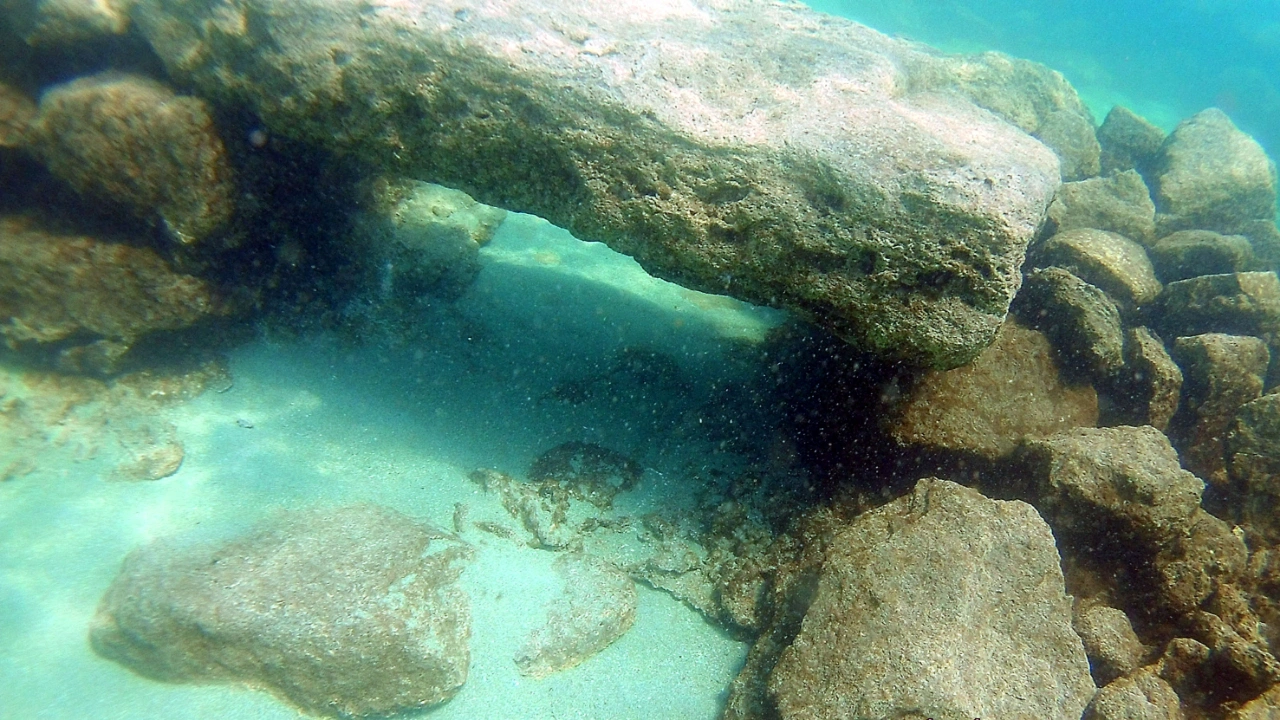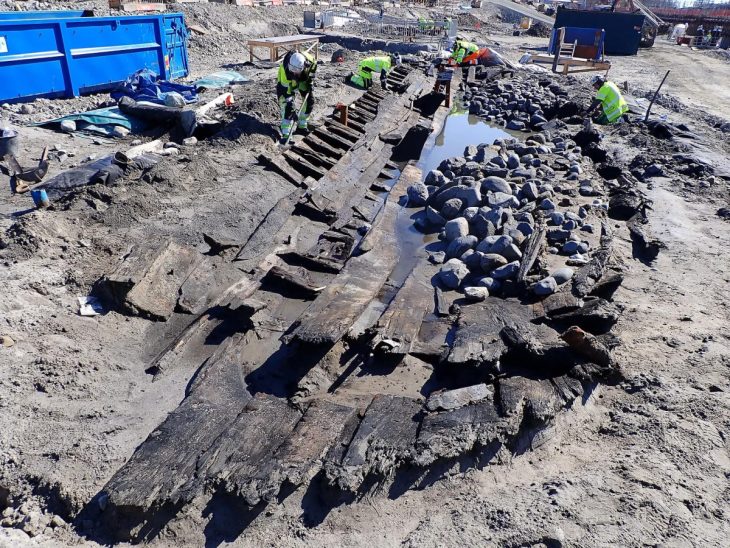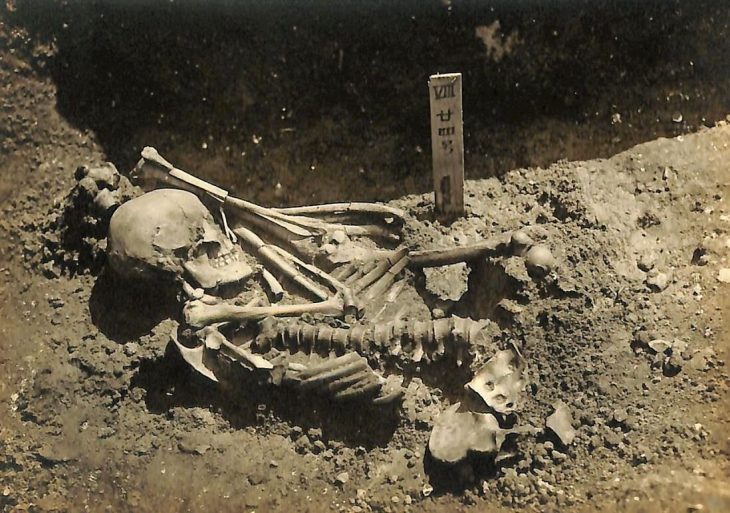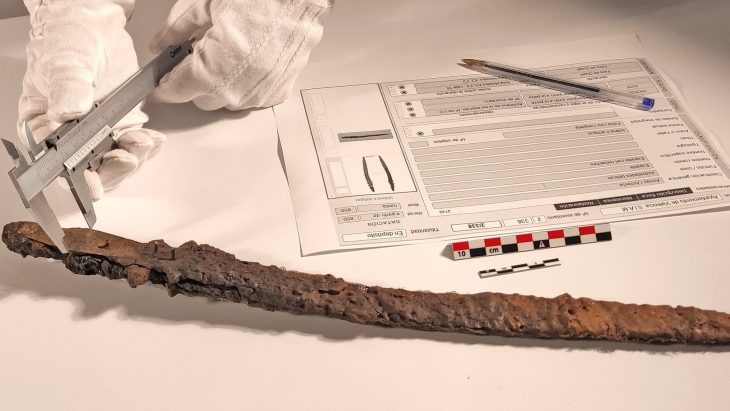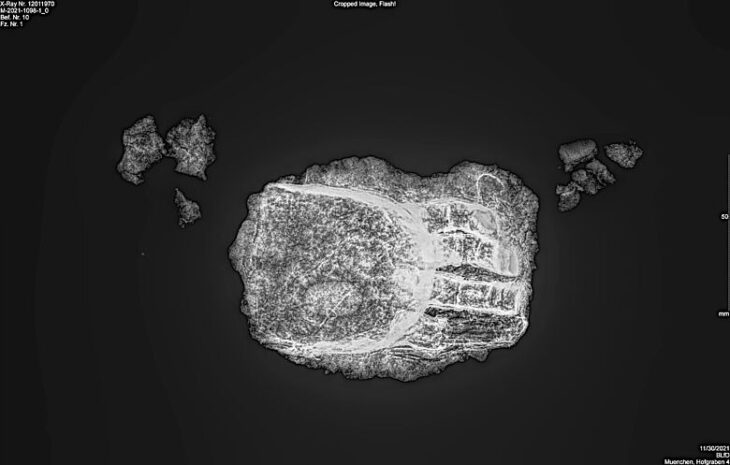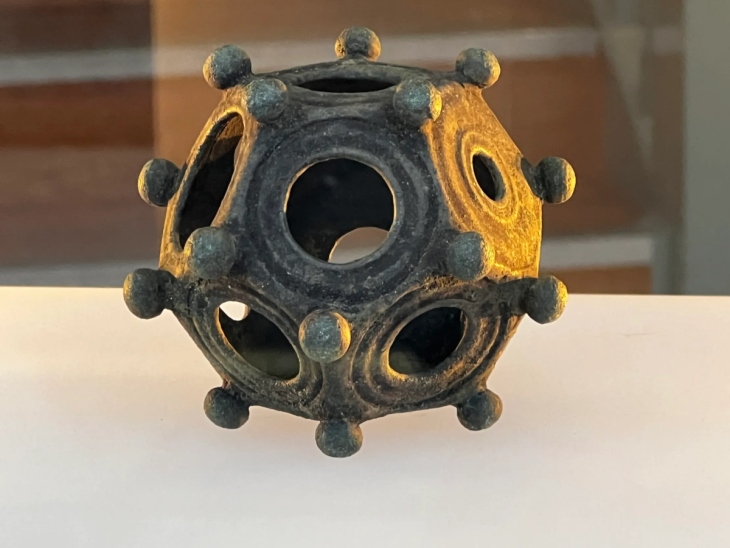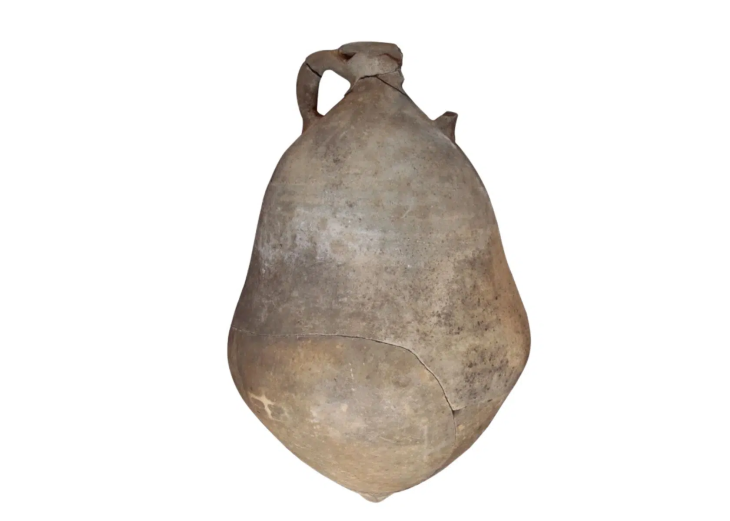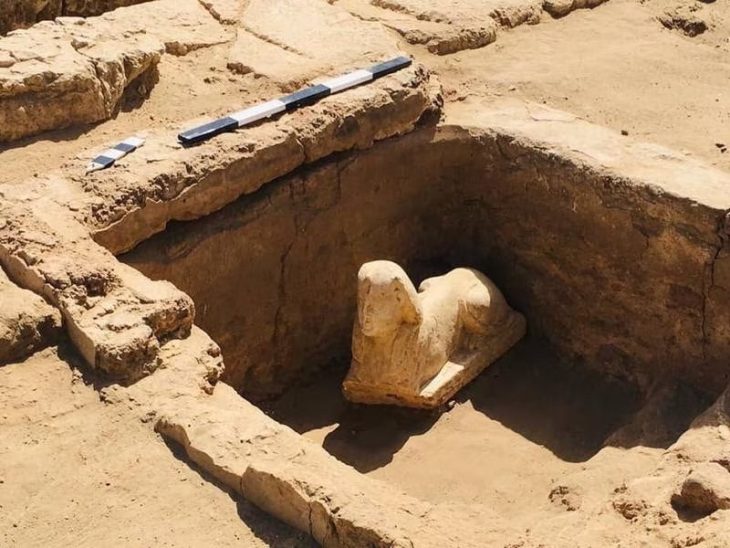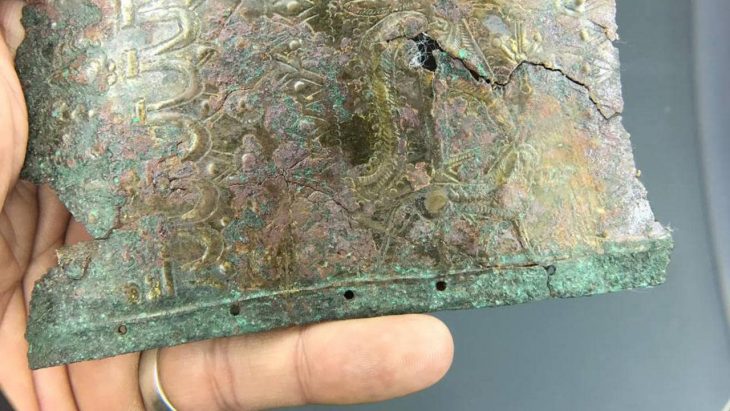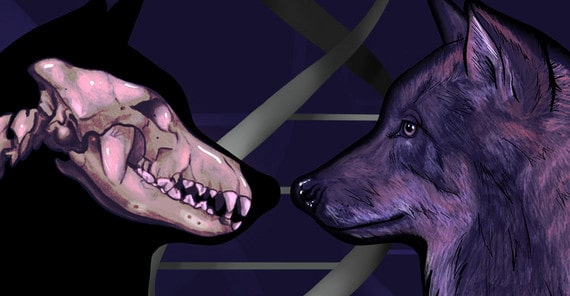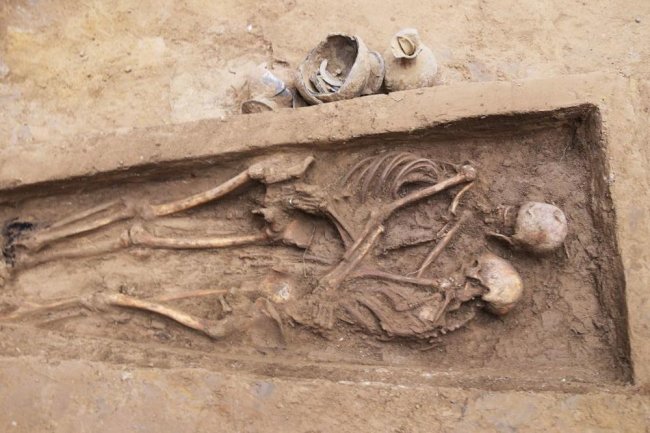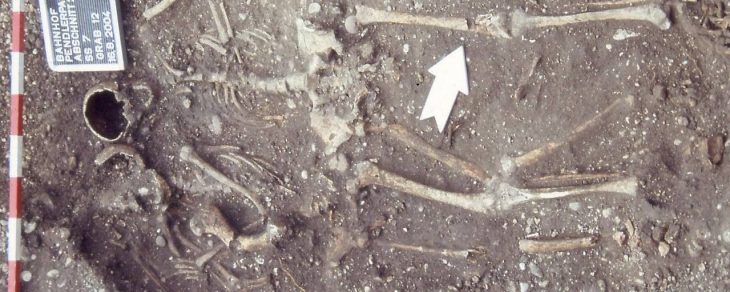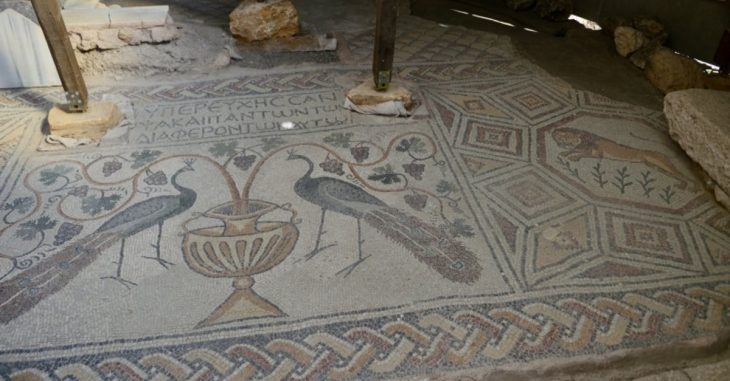At the bottom of Lake Van, Türkiye’s largest salty soda lake with 3,712 square kilometers, divers discovered a cemetery and areas bearing the traces of an old village.
Lake Van (Van Gölü in Turkish) is the largest lake in Turkey and the second largest in the Middle East. It’s also the biggest sodium water lake in the world.
While the ruins at the bottom of Lake Van were introduced to the world by diving, new ones were added to these remains.
Following the dive made by members of two associations in Bitlis and Van provinces, it was stated that sunken ruins determined to be part of a historic city imprinted with cross marks were discovered in the depths of Lake Van.
Eastern Sea Association President Cumali Birol said in a statement to Demirören News Agency (DHA) that they discovered new mysteries waiting to be solved by diving.
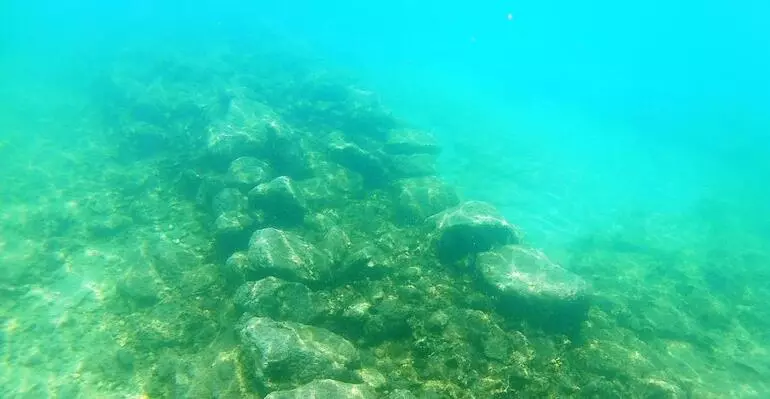
Cumali Birol said that as the water levels decreased, notifications were made to relevant institutions regarding some tombstones and ruins seen in the water between Tatvan and Ahlat regions.
“Our divers saw structures similar to a village in the region, streets and tombs with crosses and marks of the Kayı tribe on them. We are endeavoring to bring the history of the region to light by giving the findings to experts. We discovered a very large area between Ahlat and Tatvan. There are cemeteries at the bottom of the water here. There are cross signs on the graves.”
Emphasizing that Lake Van is a mysterious place for divers, Birol said that over 3 meters of water has receded in the lake basin in recent years, which brought to light many ruins, as traces of ancient civilizations are seen everywhere in the lake basin.
“We brought two geologists from England to the workshop organized by our association. Therefore, we have proved that Noah’s Flood happened in the Lake Van Basin. These new findings, which we found at a depth of 23 meters, prove this thesis,” Birol added.
In 2017, a team of archaeologists and independent divers from Van Yüzüncü Yıl University had been found 3,000 years old underwater fortress while diving to explore the lake.

